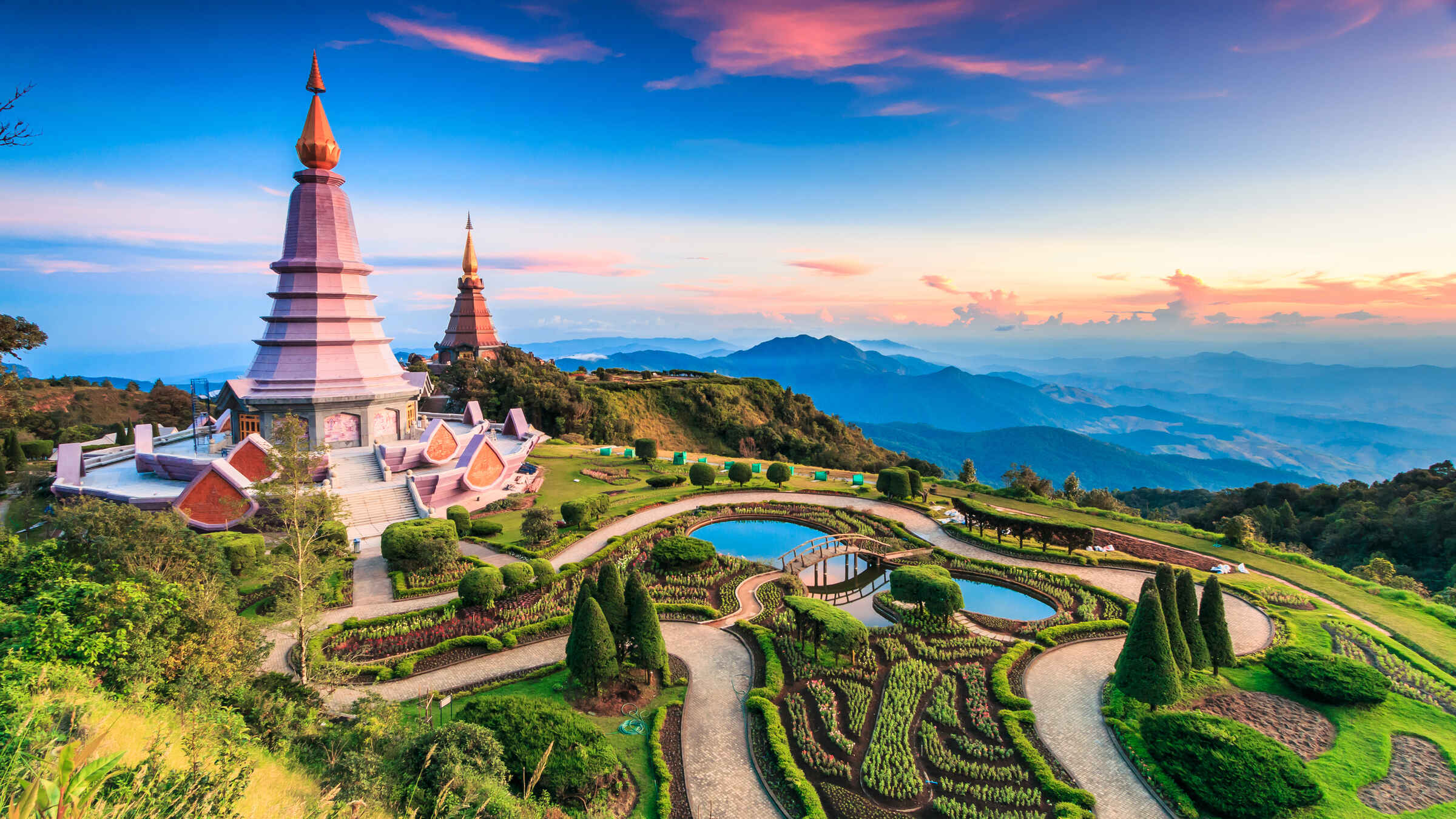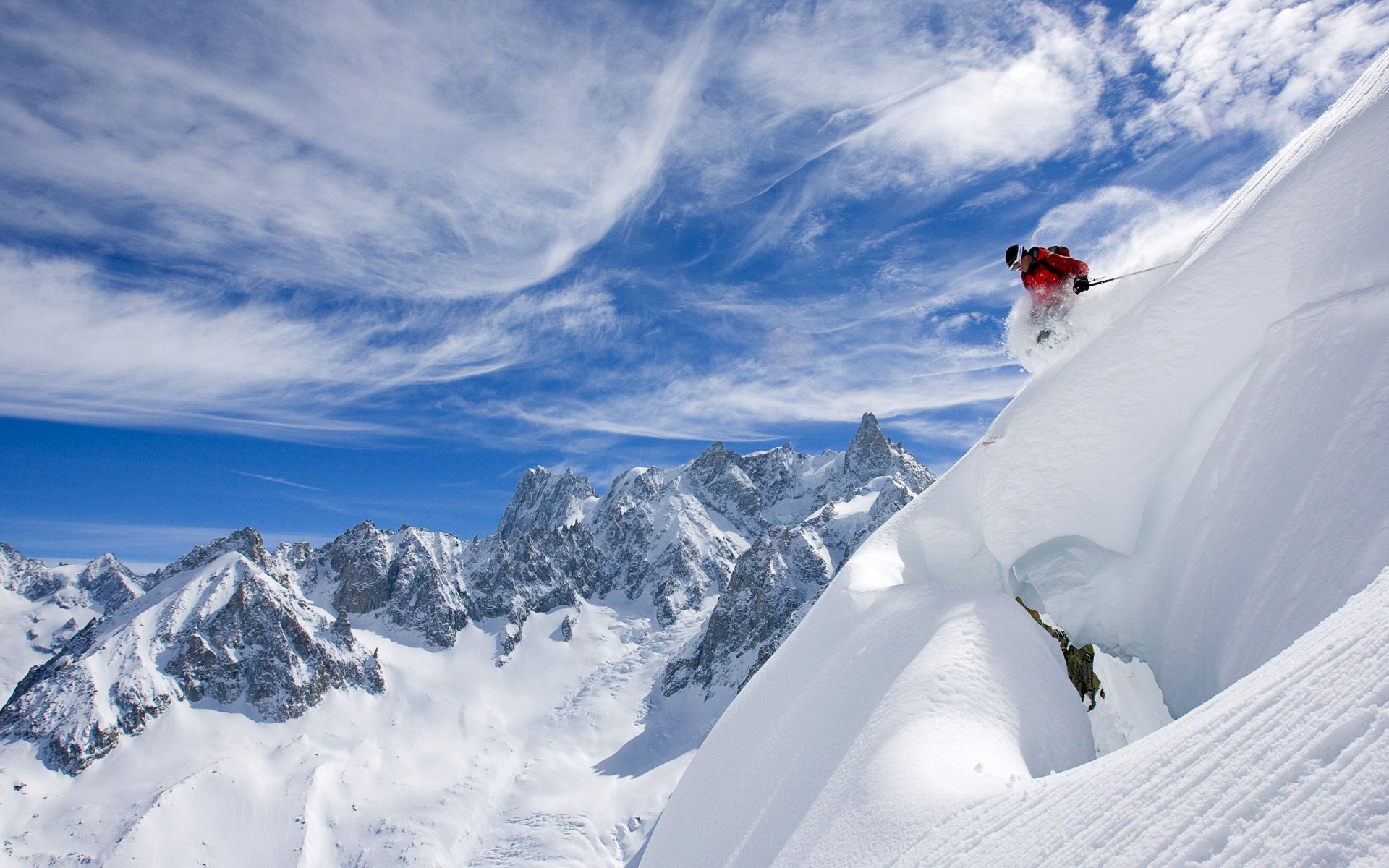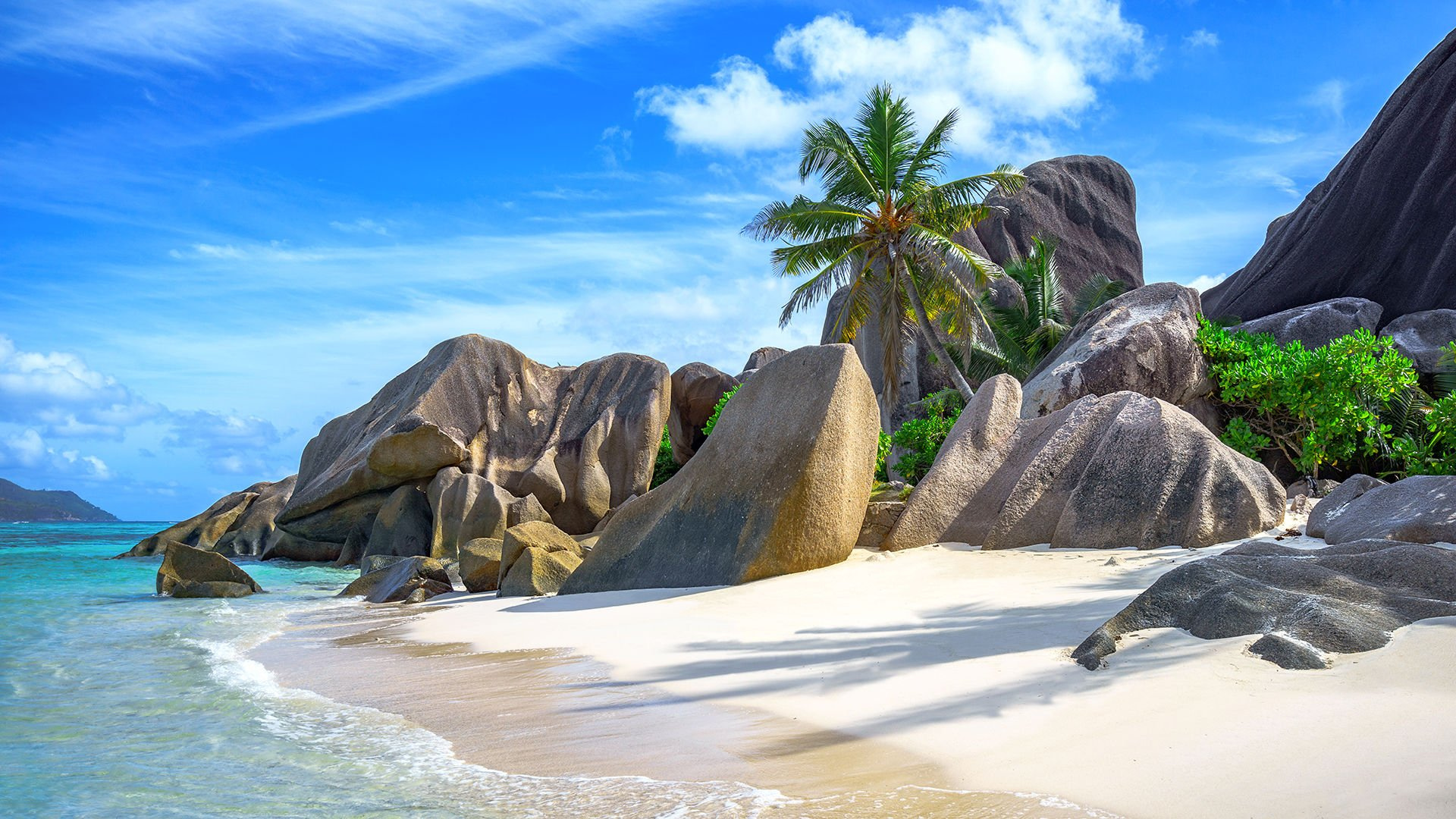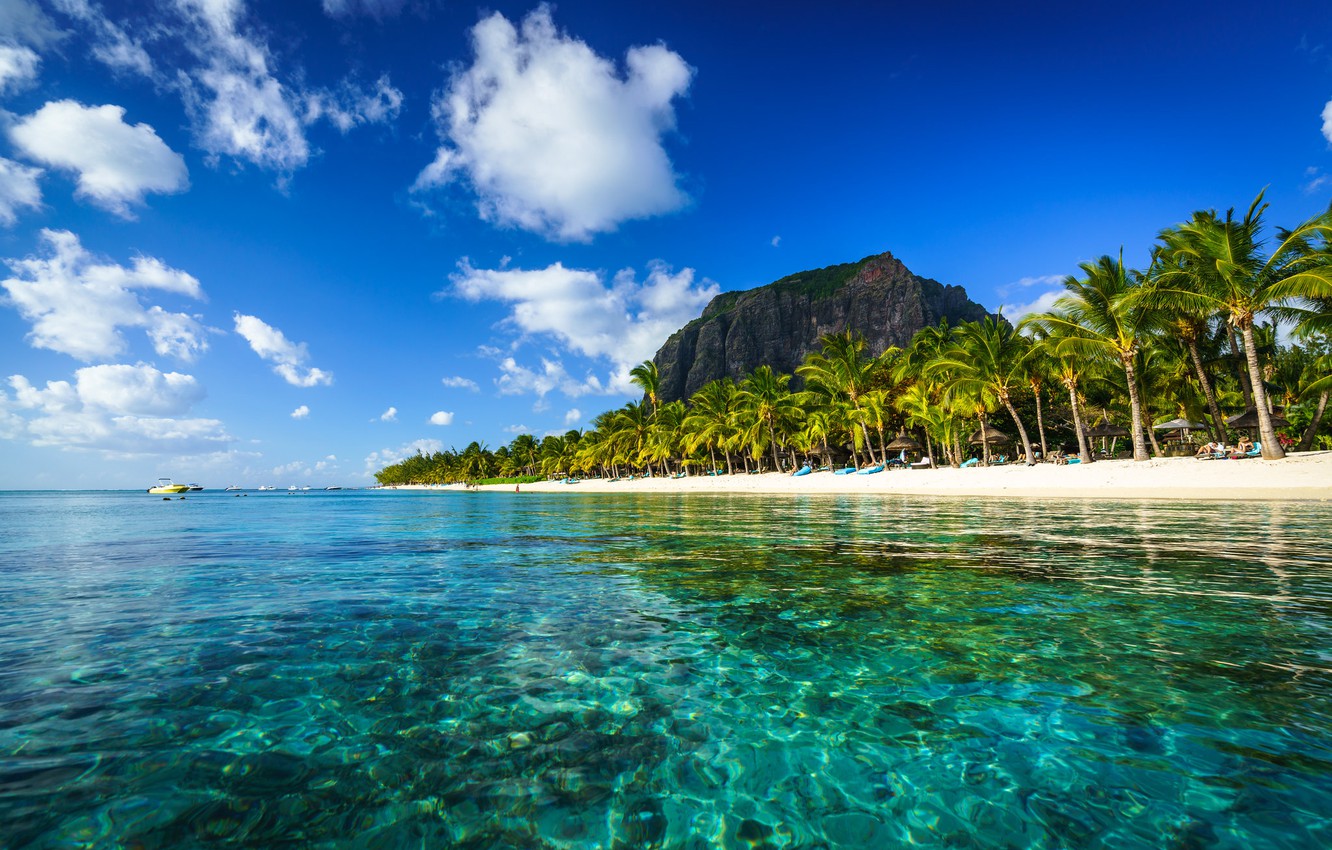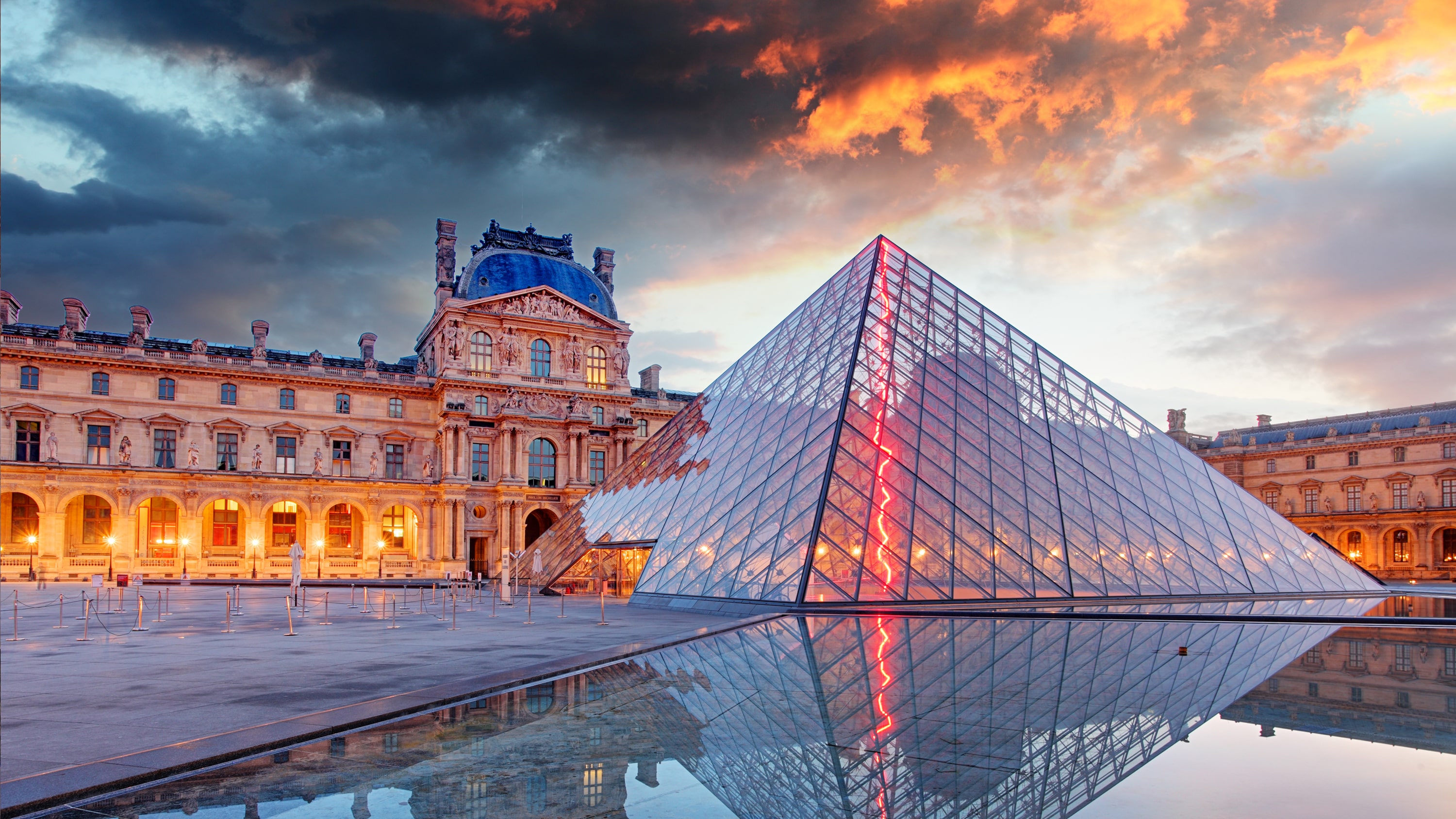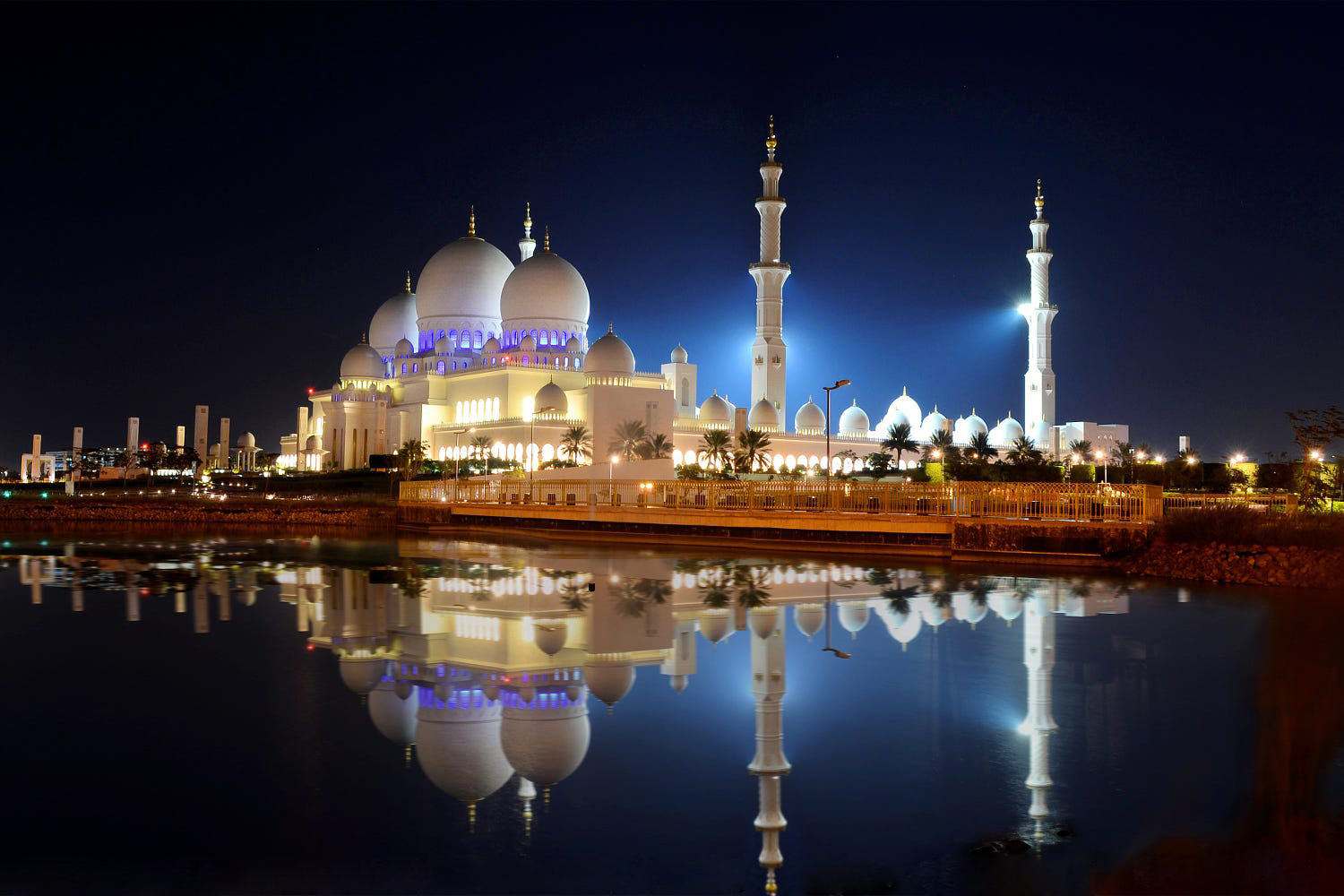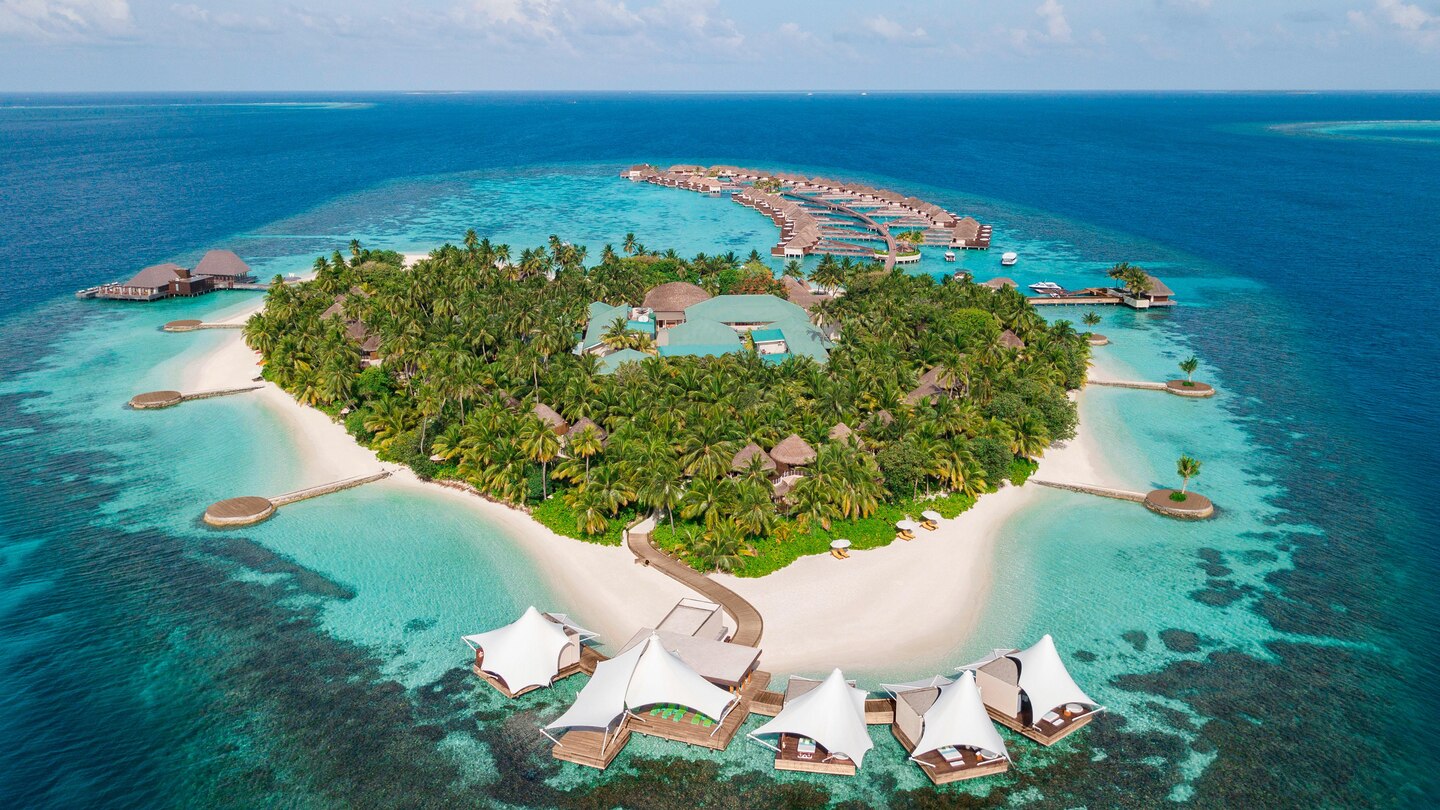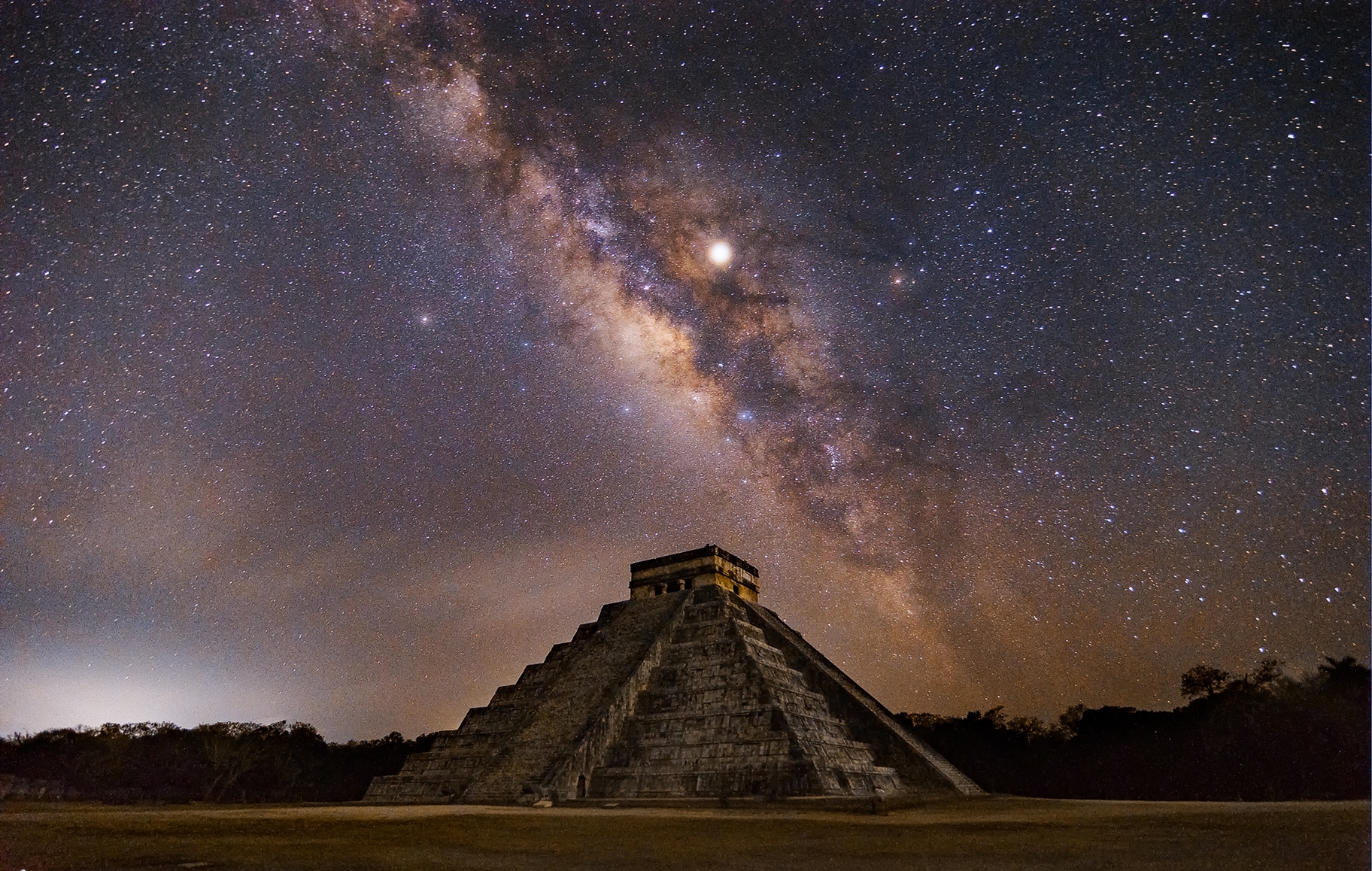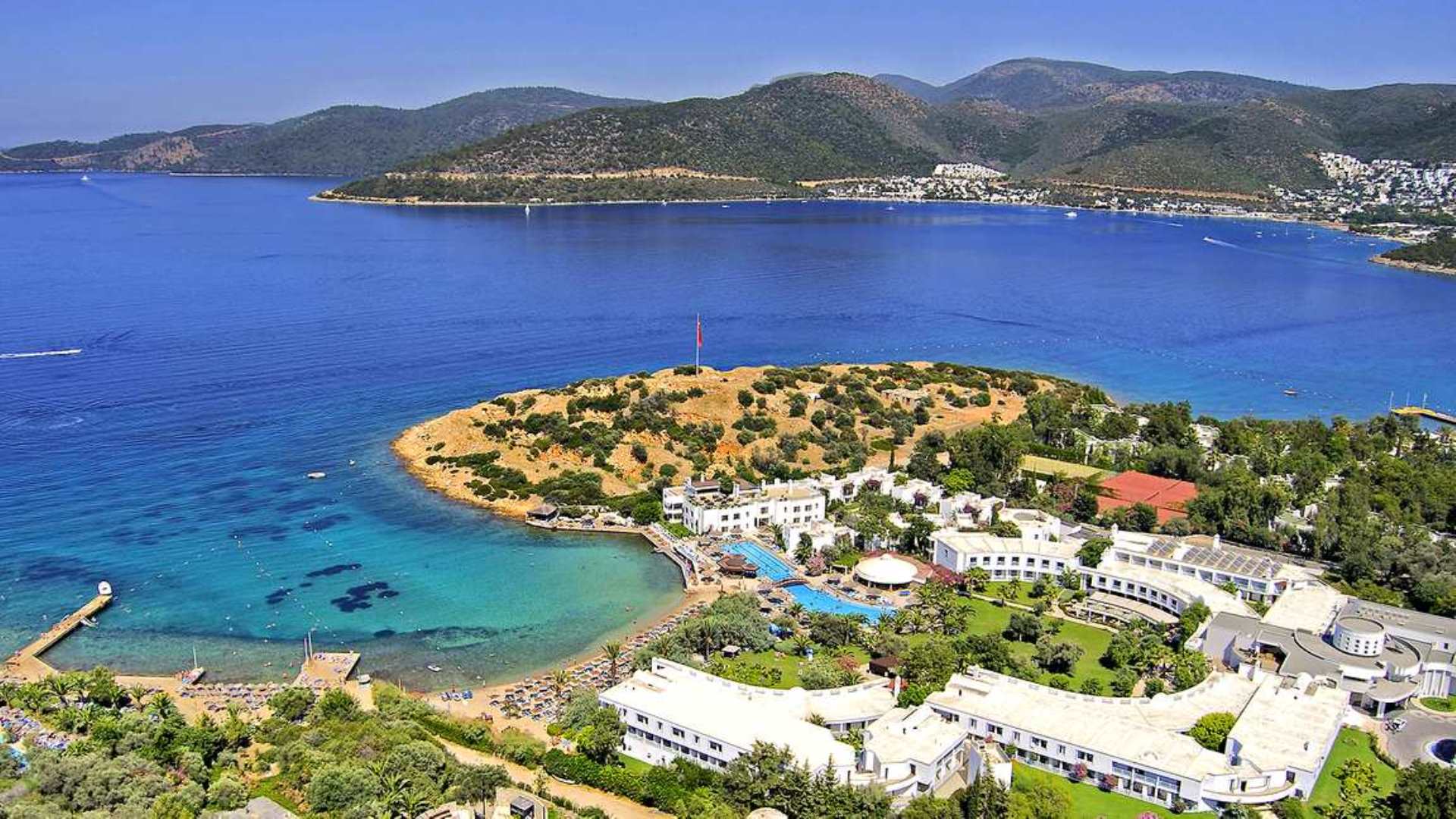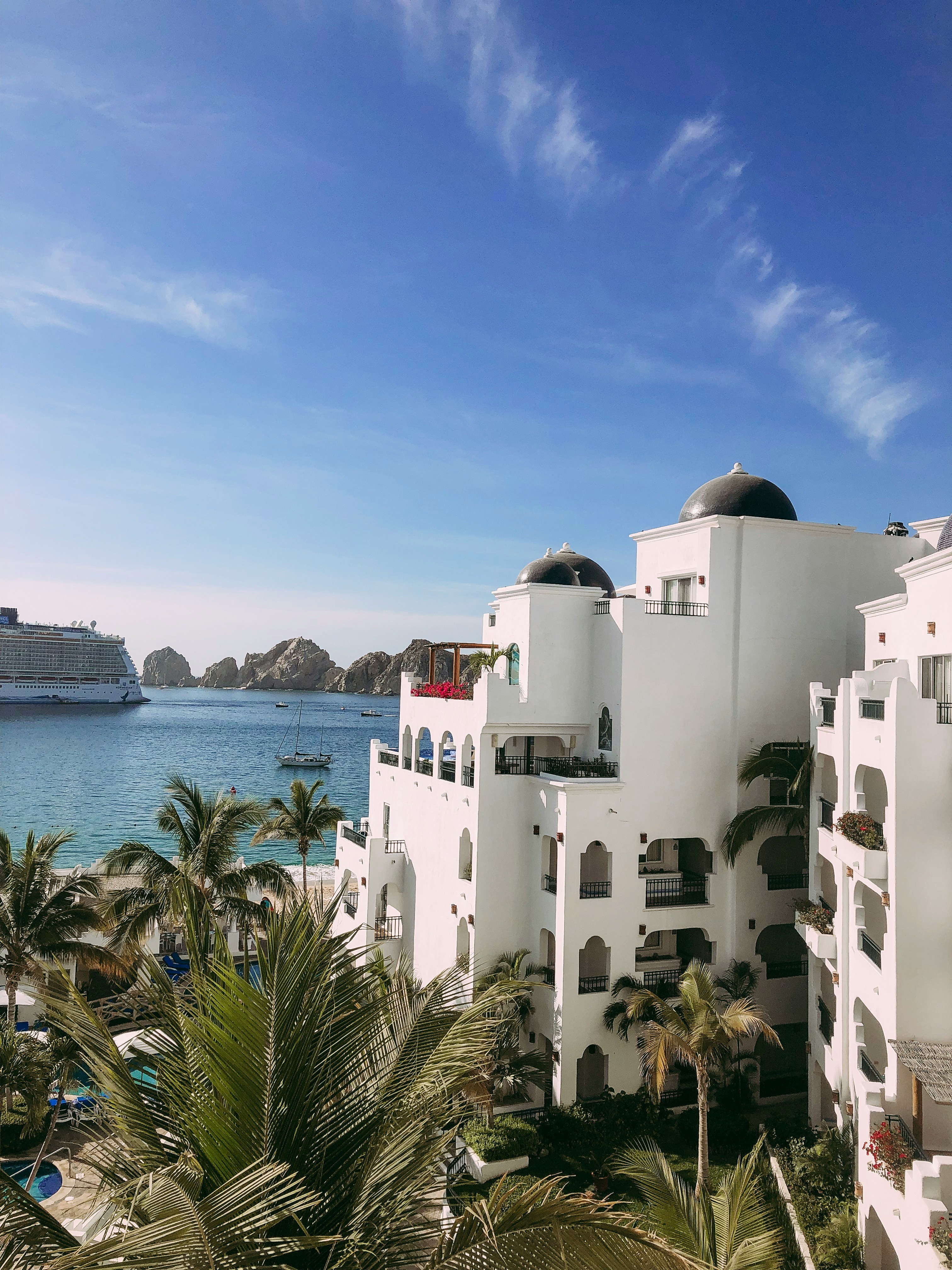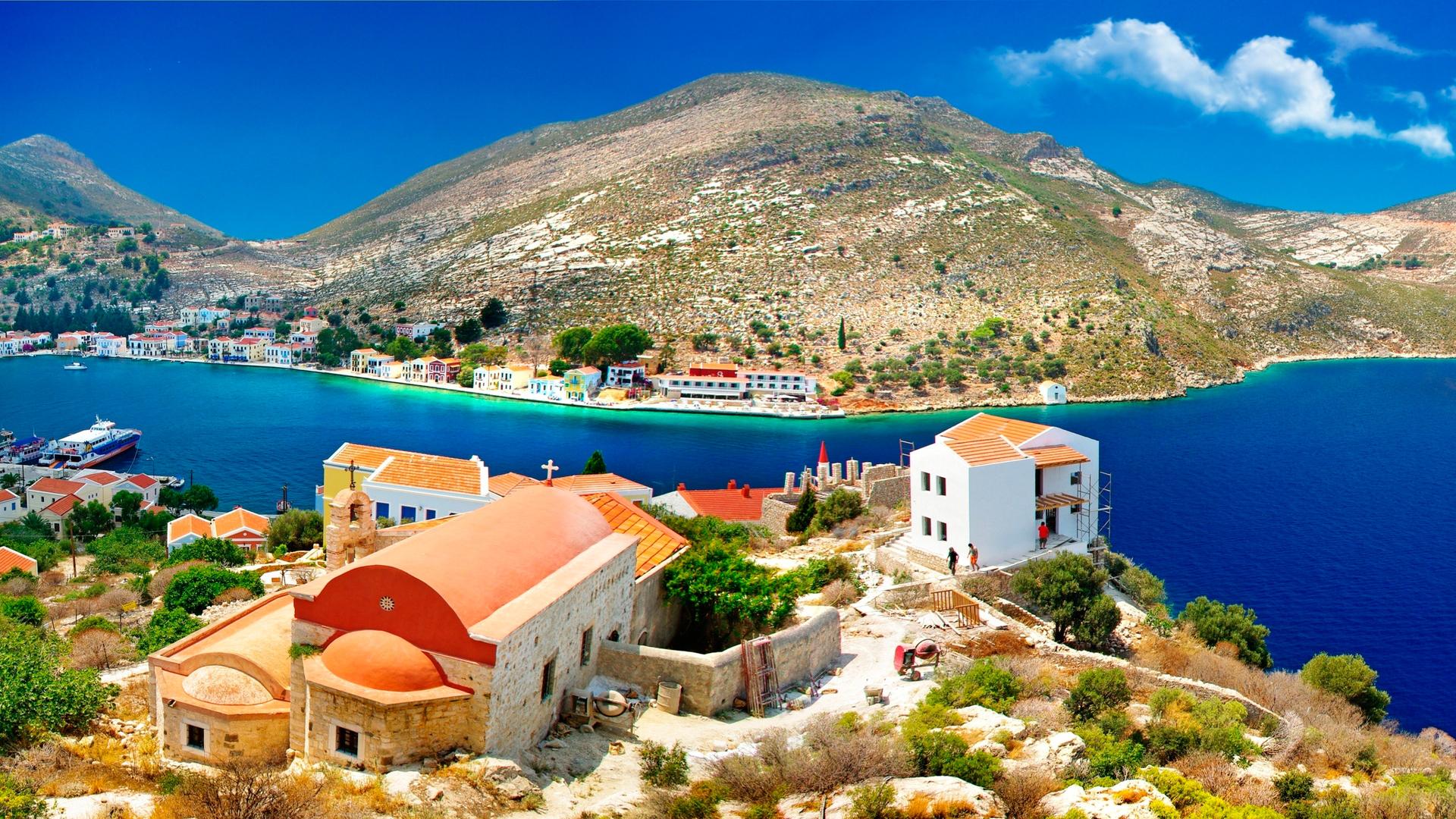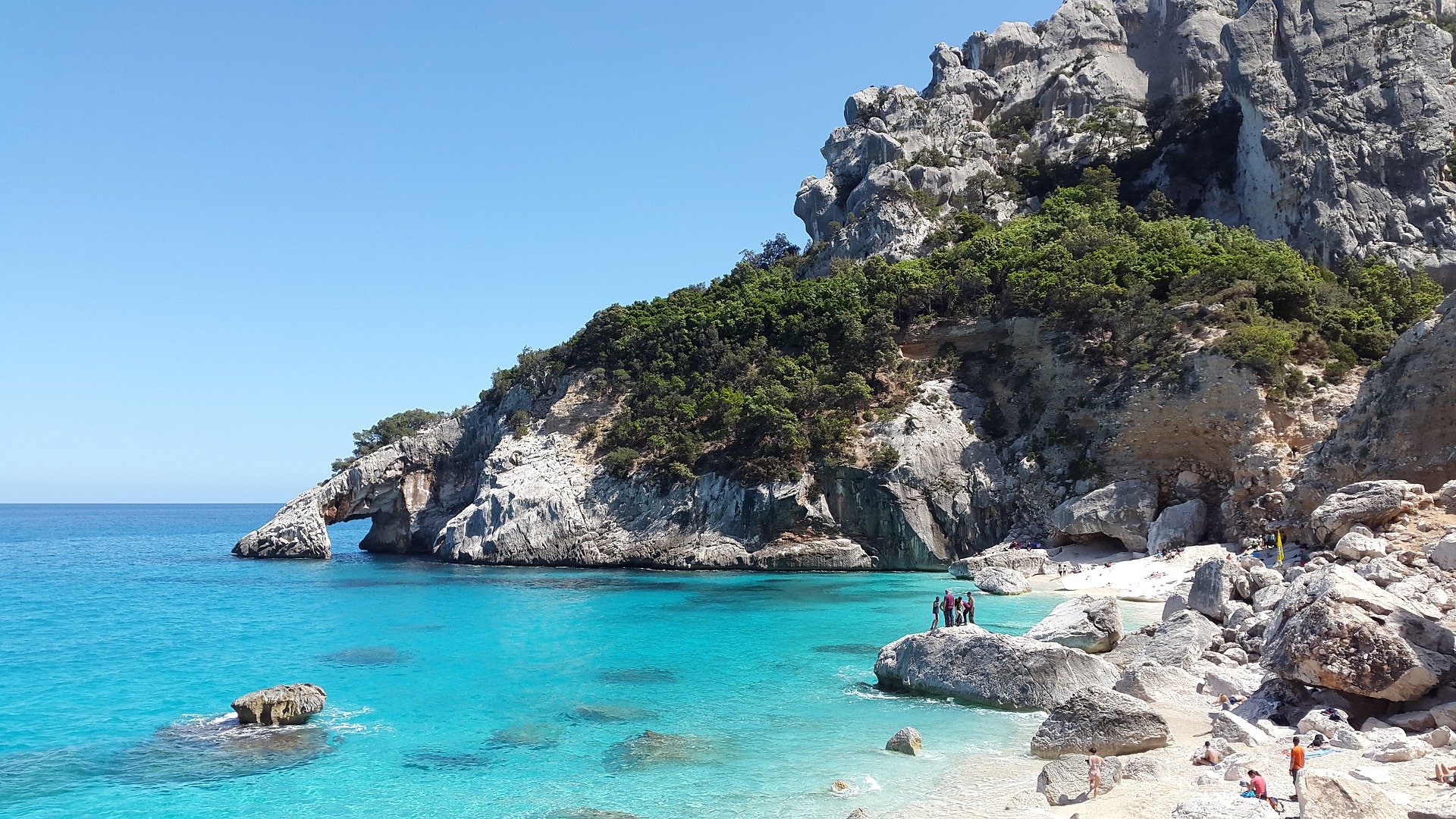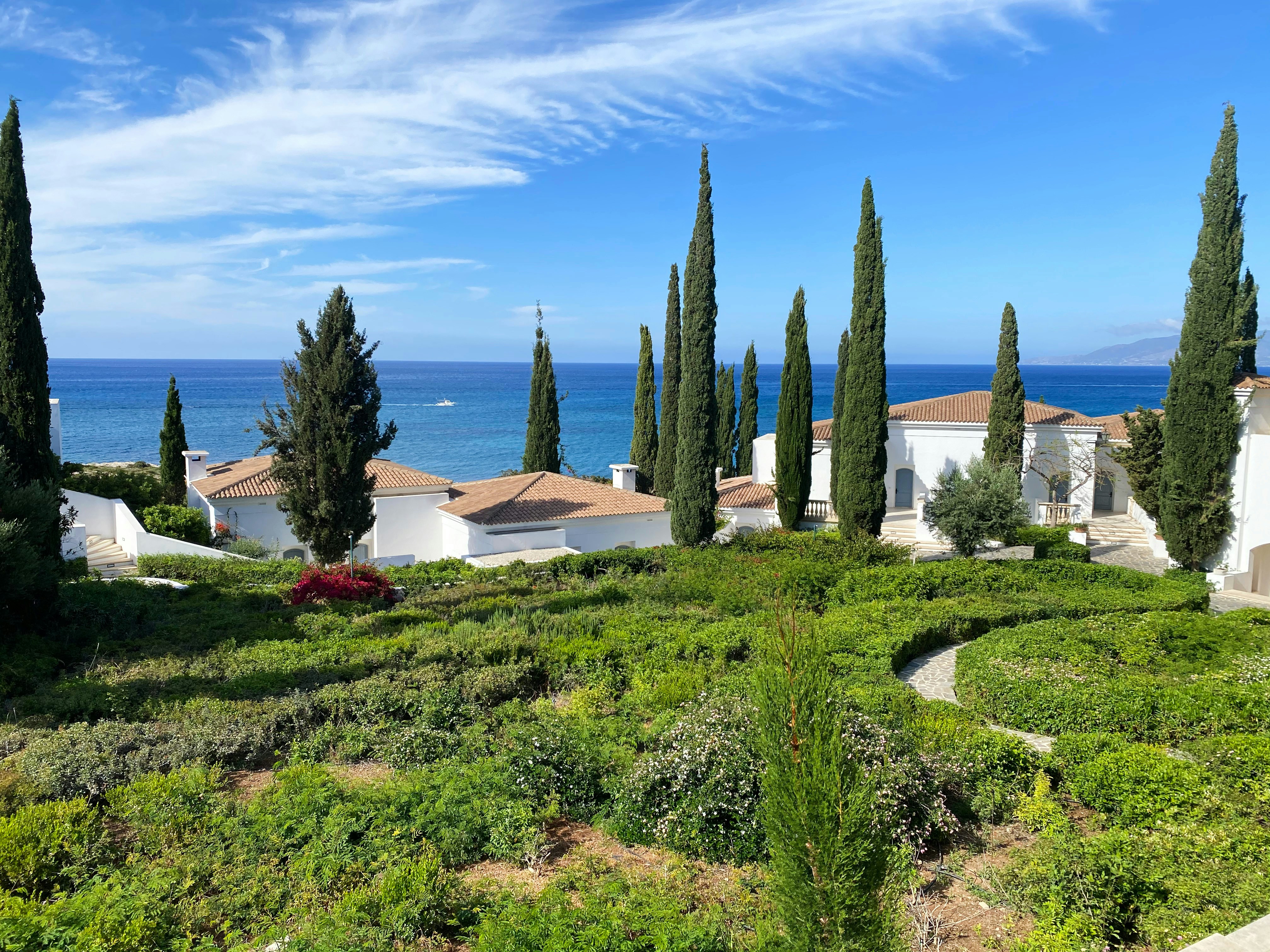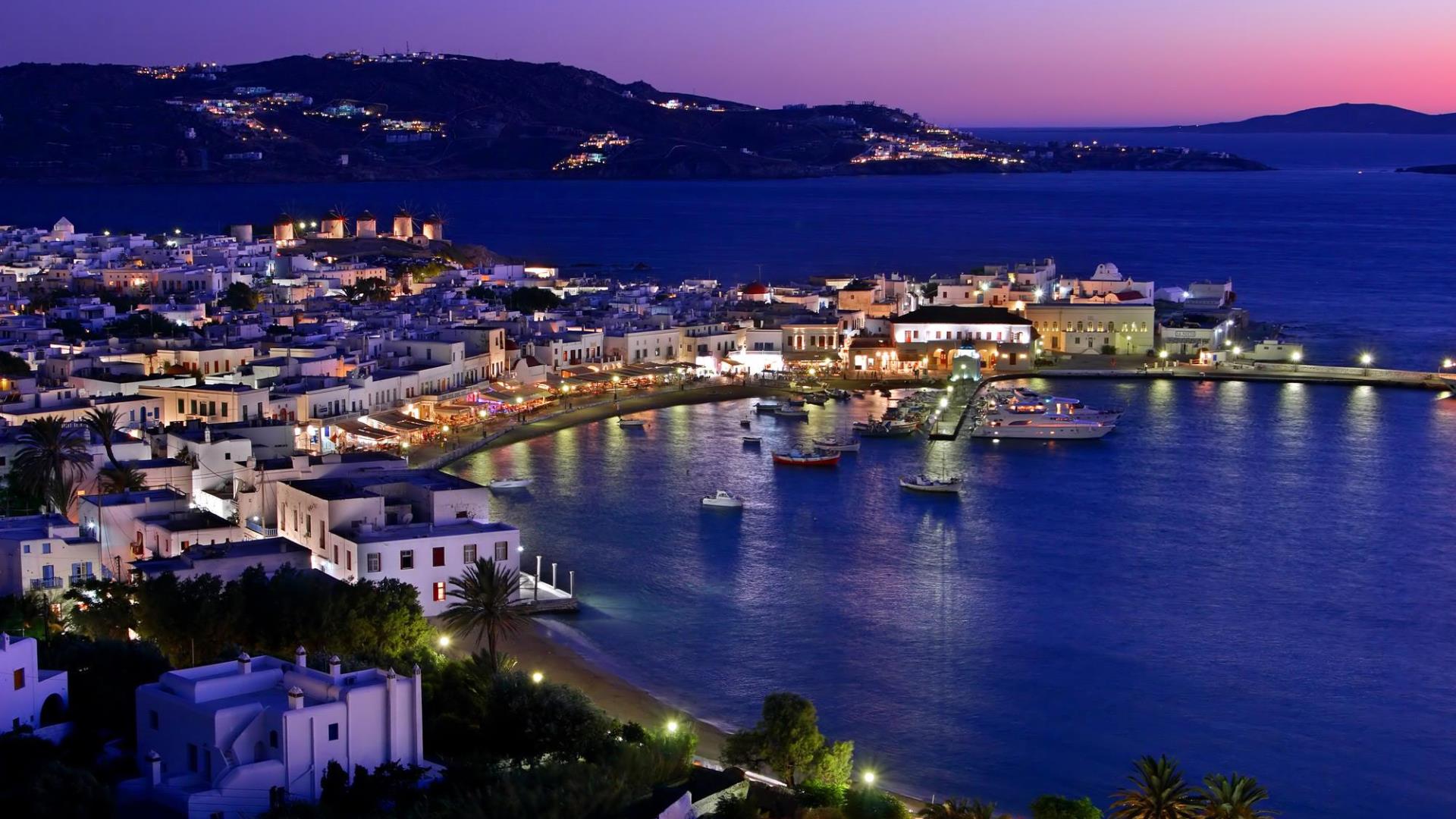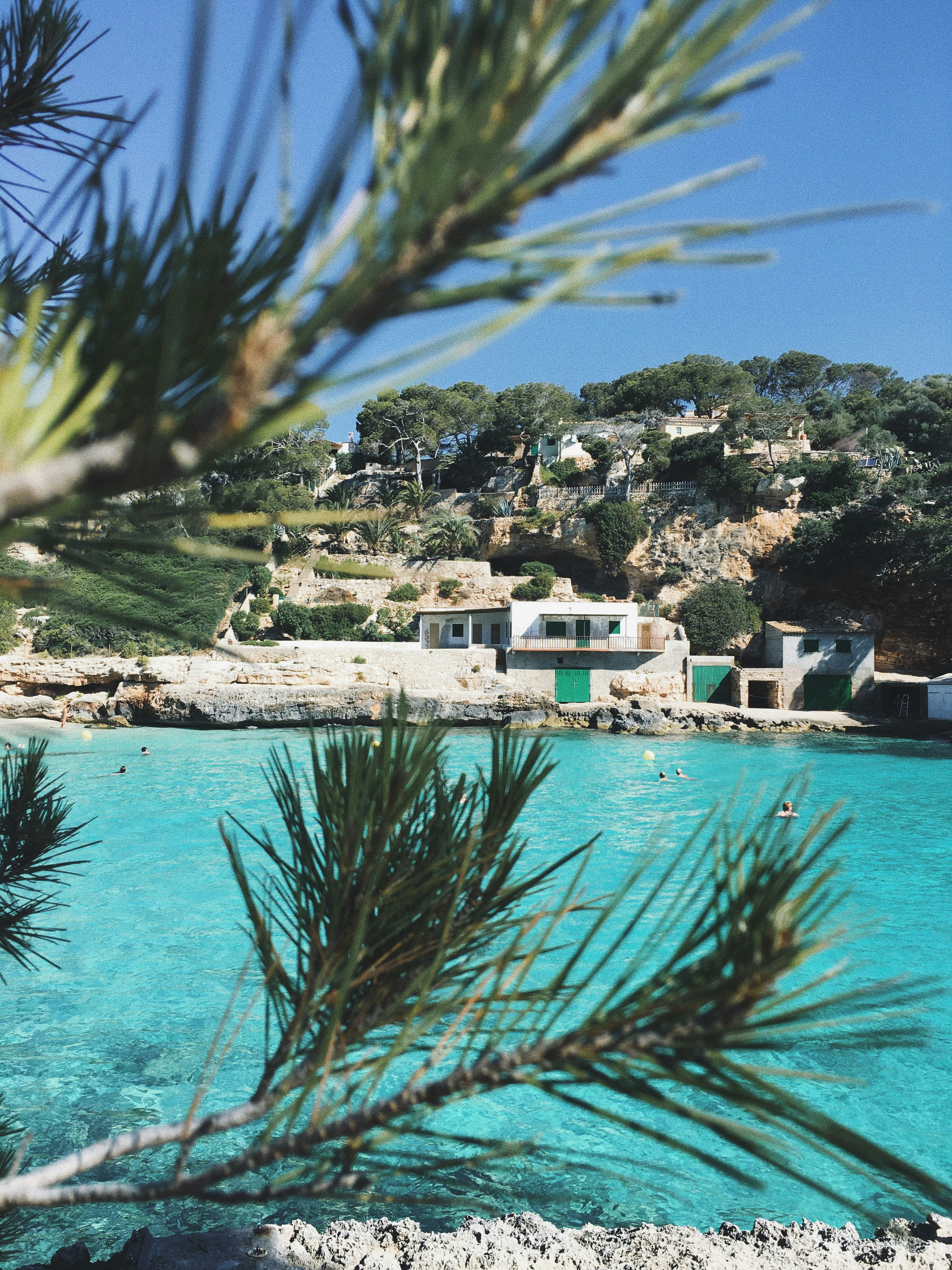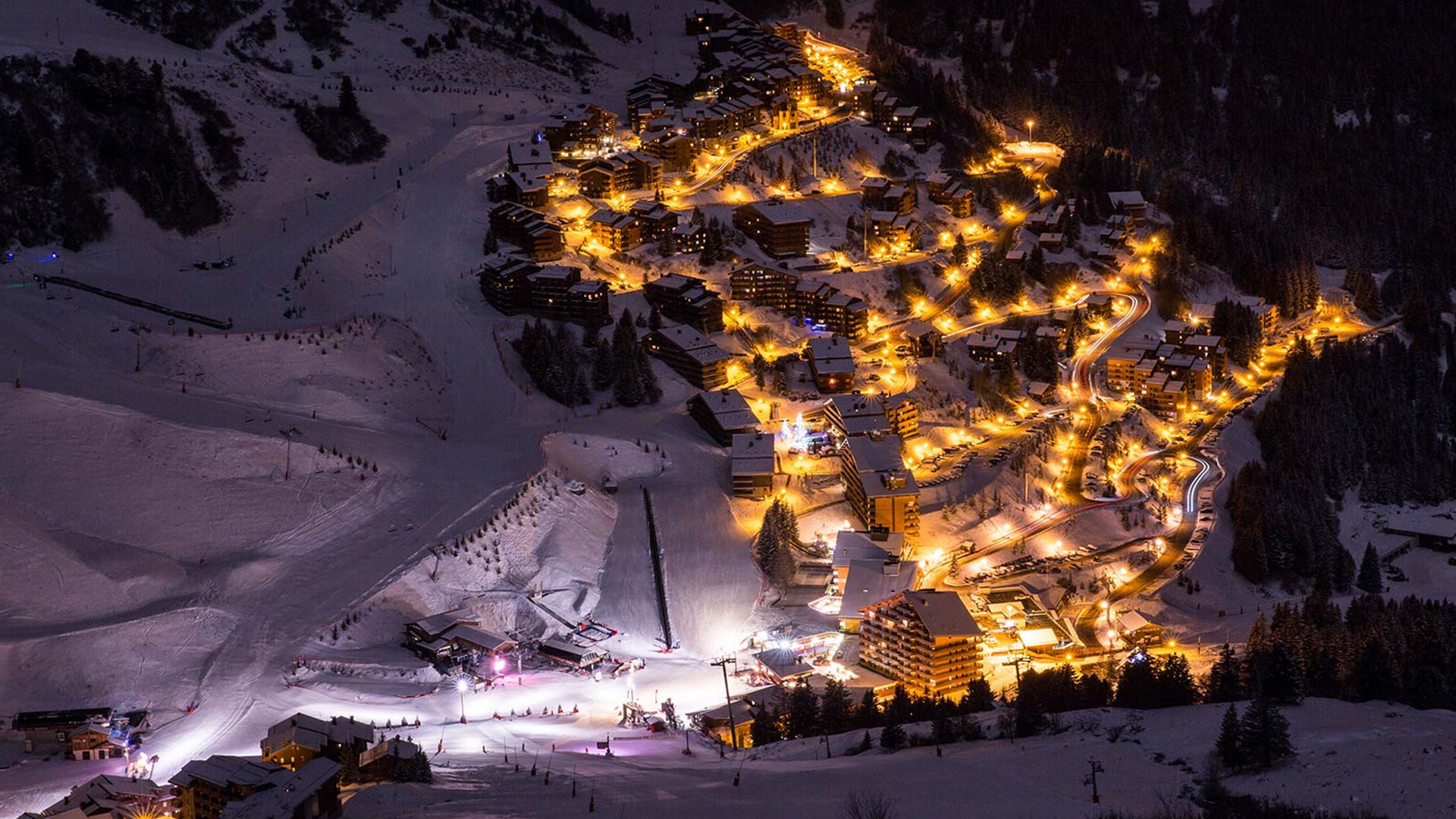Opened with restrictions
Holidays in Estonia
Opened with restrictions
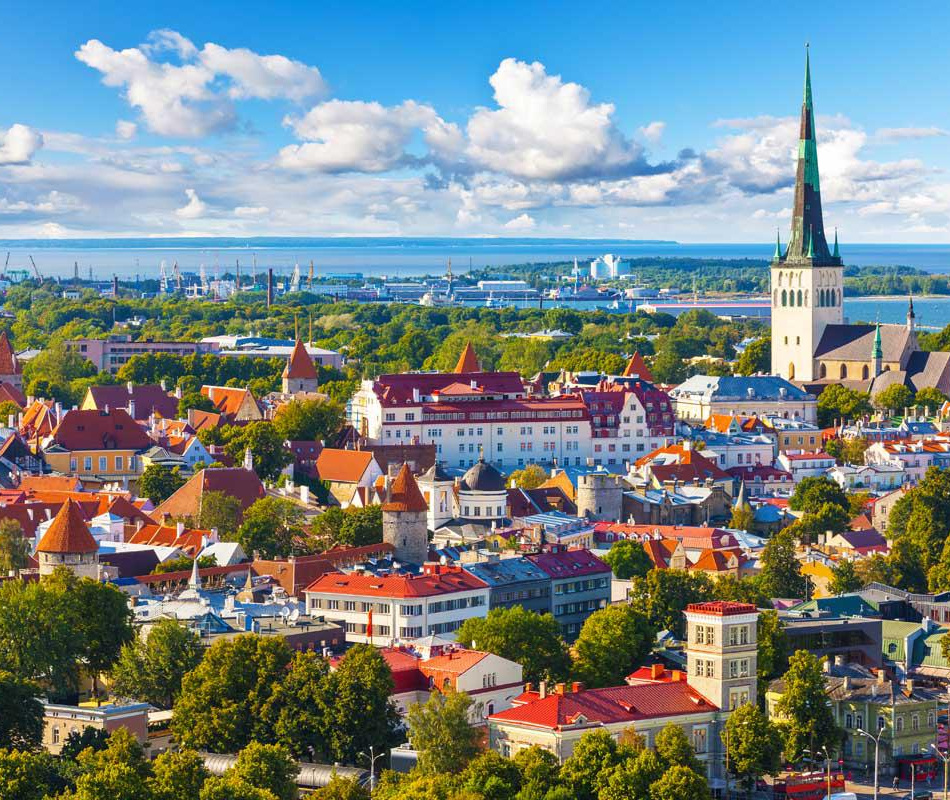
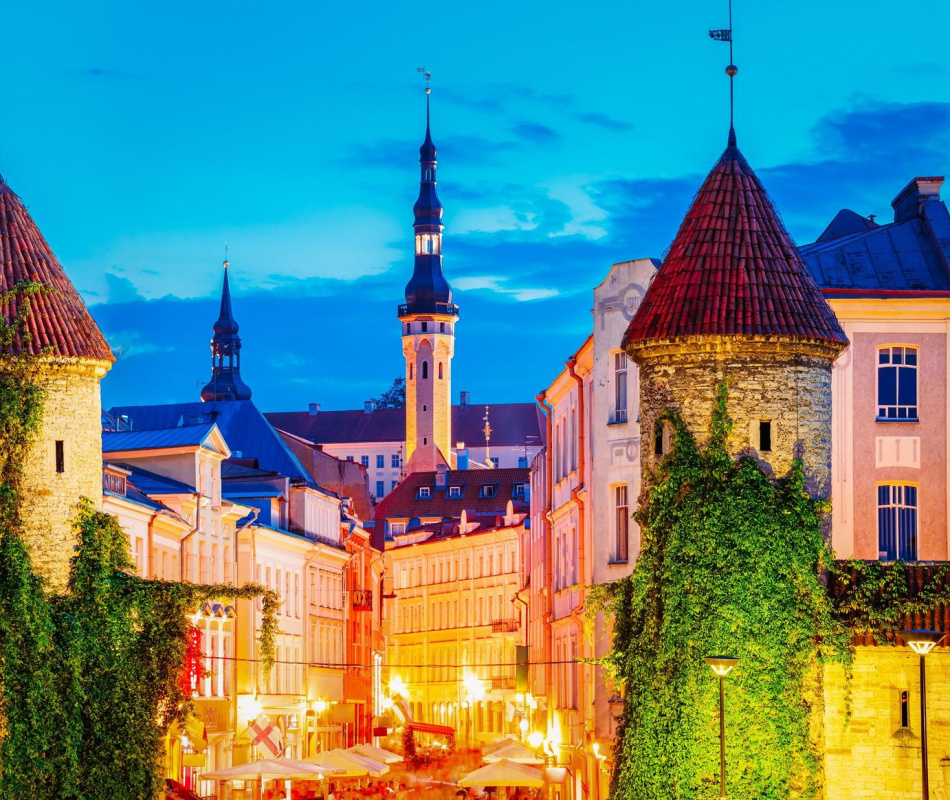
ESTONIA is a country with a unique historical heritage, beautiful Baltic coast and nature. Estonia has been a favorite place for tourist trips since the times of the USSR, when Soviet citizens came here to experience the "Western" way of life. Today, Estonia is a prosperous country, which has come very close to Western Europe in terms of living standards. The costs of the first years of independence (the fight against the Russian language and the "Soviet legacy") are becoming a thing of the past, and now Estonia welcomes our tourists with great hospitality.
Geographical position: The country is located in the northwest of Europe. In the north, it is washed by the Gulf of Finland, in the west - by the Gulf of Riga of the Baltic Sea. It includes more than 1,500 islands, the largest of which are Saaremaa and Hiiumaa. The Narva River flows into the Gulf of Finland, the Pärnu River - into the Gulf of Riga. The total area is about 45.2 thousand square kilometers.
Climate: Moderate, transitional from maritime to continental: along the Baltic coast - maritime, away from the sea - closer to moderate continental. Average air temperature in January -4-7 C, in July +15-17 C. Precipitation is up to 700 mm per year, mainly in the autumn-winter period. Due to the influence of marine air masses, the weather is quite changeable, and can often change several times a day, especially in spring and autumn. Due to the shallow water, the water in the sea and lakes quickly warms up and in July reaches +20-24 C, the beach season lasts from early June to late August. The best time to visit the country is from early May to mid-September.
Political status: Since 1991 - the Republic of Estonia. Head of state - the president, legislative body - the National Assembly (Riigikogu).
Capital: Tallinn.
Population: 1.6 million people. Estonians (963 thousand people), Russians, Ukrainians and others.
Language: Official - Estonian. Common languages: Russian, Finnish.
Religion: Most believers are Lutherans (70%) and Orthodox (20%). Freedom of religion is guaranteed by the Constitution.
Money: The Estonian kroon (EEK), equal to 100 cents (or cents), is rigidly pegged to the euro (1 EEK is approximately equal to 1/16 of a euro). All establishments in the country accept only Estonian kroons. Currency can be exchanged at banks, currency exchange offices in hotels, airports, train stations and bus stations. The rate can vary greatly in different places, in banks the rate is often better than in commercial exchange offices.
Cuisine: Traditional Estonian national cuisine was formed largely under the influence of German and Swedish culinary traditions and consists mainly of simple and hearty "peasant" dishes prepared from pork, potatoes, vegetables, various cereals, fish (herring is especially popular) and bread products. A distinctive feature is the wide use of meat by-products (blood, liver) and various dairy dishes. There are more than 20 milk soups alone. Soups themselves are quite a common dish - there are, for example, soups with barley and potatoes, with dumplings, with peas and pearl barley, bread, blueberry, herring and potato soups and even beer soup. Spices and herbs are used very sparingly, in small quantities and in strictly defined dishes: dill - with herring, marjoram - with blood sausage, caraway - with cottage cheese, parsley, celery - with meat soups (and not all of them). Of the flavorings, in addition to milk, cream and sour cream in their pure form, they use "kastmed" - milk and milk-sour cream sauces, which accompany almost every Estonian dish. The most popular are “syir” - a special dish made from cottage cheese, smoked trout “suitsukala”, pork legs with peas, blood sausage “vereverst”, “mulgi puder”, pancakes with blood “vere paköogid”, dumplings made from barley flour, “mulgikapsas” - pork stewed in a special way with barley and sauerkraut, “piparkook”, turnip porridge “kaalikapuder”, turnip and potato porridge “kaalikakartulipuder”, boiled meat with vegetables, pea and buckwheat porridge “hernetatrapuder”, soup with beer, blueberry soup with dumplings, various cheeses and kissels. Estonia makes amazingly delicious chocolate with nuts, unusual candies with mint, liqueur, coffee, nut filling, excellent cakes and all sorts of other sweets. The national drink is undoubtedly beer - light "Saku" and darker "Saare" from the island of Saaremaa, also original products are honey beer and mulled wine "höegvein".
Transport: The main cities of Estonia are connected by convenient bus service. The buses are quite modern and comfortable, the schedule is impeccable. Local buses are also quite modern and well-maintained and operate on the same routes, but the trip takes much longer, as stops are made in all populated areas. Tickets are purchased at the ticket office of the bus station or from the driver. Although the railway covers most cities in the country with its commuter trains, a train trip usually takes longer than a bus. City public transport operates from 5.30 to 24.00. An hourly travel ticket (each city has its own) is purchased from the driver or from kiosks at stops, in shops and newspaper kiosks. It is valid on all types of transport for one hour from the moment of purchase. Single travel tickets for 1 trip, as well as for 1, 10, 20 and 30 days are valid on buses, trolleybuses and trams and are sold at kiosks at stops. A ticket bought from a driver or tram driver costs one and a half times more than one bought at a kiosk. Tickets must be punched at the entrance to the vehicle. Tickets are not valid on private buses, where the driver sells tickets. In the evening, on some lines, you can only enter through the front door. Taxis and minibuses are relatively inexpensive, payment is made only by the meter. Taxis can be ordered by phone, there is no separate fee for the order. Prices for boarding, kilometer, minute of parking and minimum fee must be posted on the side window. There are several large companies and private taxis in Tallinn. It is easiest to rent a car in large cities, but if necessary and for an additional fee, a car can be delivered to any point in the country. To rent, you need an international driver's license, international insurance ("green card") or a local traffic insurance policy (can be obtained when crossing the border). Some companies ask for a deposit (up to 1000 EEK) or an international credit card when registering a car. Traffic is on the right side of the road. The permitted speed in cities and towns is 50 km/h, on country roads - 90 km/h, in summer on certain sections of roads - up to 110 km/h. All occupants must wear seat belts. Low beam headlights must be on 24 hours a day. Very high fines are imposed for speeding and for driving under the influence. Parking in the center of large cities and in historical areas is paid. You can pay for parking by buying a special parking card at kiosks or from parking service employees and marking the start time of parking on it. In some places there are parking machines that accept small change and issue a receipt indicating the end of parking. The fine for illegal parking is up to 30 USD.
Shopping: Shops are open from 9:00 to 18:00 (some until 20:00) on weekdays, on Saturdays - from 9:00 to 15:00 (some until 18:00). Supermarkets and shops in resort areas are usually open from 10:00 to 20:00. Do not deny yourself the pleasure and be sure to go shopping in Estonia. Crafts made of amber, clay, blown glass, cotton, and, of course, the famous socks, hats, mittens and sweaters knitted by local craftswomen - you can bring all this as a souvenir from this cozy and hospitable country. There is even a shopping street in Tallinn where you can buy a hand-made sweater for 40-50 dollars, a cute hat with a tassel for 20-25 dollars, and mittens for 10 dollars. The only thing where Estonia lags significantly behind Europe is the price level for good, quality, branded goods. Finns, Danes, Swedes and Dutch come to Tallinn especially to go shopping. In Tallinn's two largest department stores, Socos and Stockmann, prices for European goods are almost half those in Kyiv.
Sights: The western coast - the resorts of Pärnu and Haapsalu with their therapeutic mud, as well as fortifications, ruins of medieval order castles, fortified churches and monasteries. Narva: medieval castle (18th-15th centuries), city fortifications (14th century), town hall (17th century). Tartu: town hall building and one of the oldest universities in Eastern Europe, the Gothic Cathedral of Sts. Peter and Paul (12th-15th centuries) and St. John's Church (mid-14th century). Tallinn: the Old Town ensemble with numerous cathedrals, fortifications and medieval towers - the Upper Town (13th-14th centuries) with a castle (13th-16th centuries), the Gothic Dome Church (13th-15th centuries) and the Lower Town (14th-16th centuries) with a Town Hall (14th-15th centuries), the Blessed Guild building (15th century), the Gothic churches of Oleviste (15th - early 16th centuries), Niguliste (13th-15th centuries), Pühavaimu (Holy Spirit, 14th century) and Kadriorg Palace (18th century). Resorts: Pärnu, Haapsalu, Narva-Jõesuu, Kuressaare. Nature reserves: Viidumäe, Vilsandi, Matsalu, Lahemaa National Park. a park where raised bogs and forests have been preserved in their original form.
Festivals: The main festivals in Estonia are the Baltic Folk Festival, held in mid-July in Tallinn, and the wonderful All-Estonian Song Festival. Also of interest in the capital are the jazz festival "Tudengijazz" (Student Jazz, February), the Week of Estonian Films (March), the Days of Estonian Music at the National Opera House "Estonia" (April), the largest jazz festival in the Baltics - "Jazzkaar" (April), the traditional festival "Slavic Wreath" (June), the largest beer festival in the country - "Olesummer" (early July), the International Organ Music Festival (August), the International Street Theatre Festival (August-September), the traditional festival "Days of the Finno-Ugric Peoples" (the third week of October), the festival of children's and youth theatres "Banaanikala" (Banana Fish, October-November), the international pianists' festival "Klavier" (October-November), the International Film Festival "Dark Nights" (November-December) and the Christmas jazz festival "Joulujazz". (early December). Leading musical groups perform all over the country as part of the "Open Baroque Music Festival" (January-February). Summer is literally overflowing with events. On the night of the summer solstice (Jaanipäev, Midsummer Day), the most colorful and cheerful summer festival, "Grillfest", takes place, accompanied by dancing, singing and fun around bonfires, as well as a search for a mystical fern flower, which, according to legend, blooms only on this night and brings good luck to anyone who finds it (many Estonians usually take vacation during the week before Midsummer Day). In the vicinity of the Bishop's Castle in Haapsalu, every year on the full moon in August, the colorful "White Lady Festival" takes place, dedicated to "Estonia's most famous ghost". In the National Park in Lahemaa, the folklore festival "Viru Saru" is held on the first weekend of July. Numerous song festivals and concerts are held in many towns and villages according to individual schedules. The Tartu Ski Marathon starts in Otepää (February).


